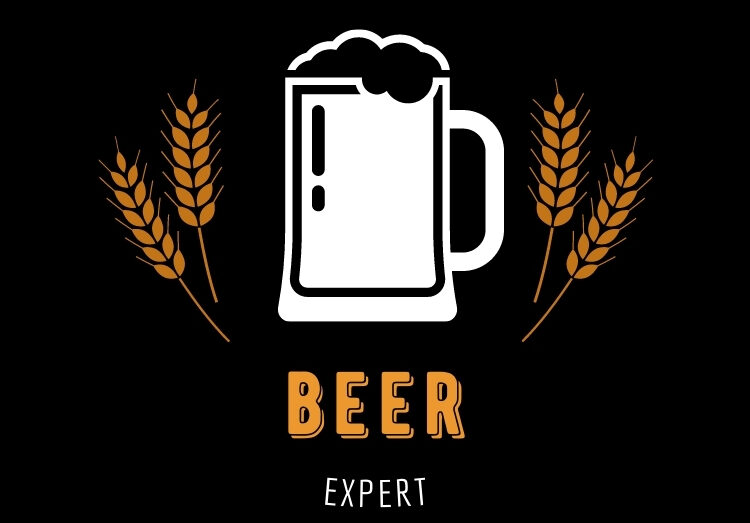Harking back to a time before pale lagers swamped the German brewing industry, Altbier is one of only a handful of traditional Germanic ales that remain.
The Lager Threat
The arrival of the new pale lager style beer in the 1800s marked a major shift in German brewing culture. As brewers across the country enthusiastically embraced the ‘new’ bottom-fermenting brew, the top-fermenting ales that up until then had been just commonplace ‘beer’, became ‘old’ beer – or ‘alt bier’ – and largely fell out of favour.
Although its lighter, crisper and more refreshing character certainly played an important part in the new pale lager winning over German taste buds, the dramatic move towards lager wasn’t entirely due to taste preference, but also practicality. In the more southerly parts of Germany the warmer climate meant that brewing during that time before refrigeration was largely restricted to the winter months because beers brewed during the warmer weather had a tendency to spoil.
Lager – from the German ‘to store’ – allowed beer to be served all year round because it could be kept in cool places in the mountains ready for serving during the summer. It’s therefore no surprise that many brewers were encouraged to forgo traditional brews in favour of the convenience of the new.
In more northern climes where, like Britain, the climate rarely gets too hot or too cold, brewers were less inclined to make such a sacrifice because there were no seasonal restrictions on when old style beer could be brewed. In the area of North Rhine-Westphalia in and around Düsseldorf many brewers continued to brew the old style ale, and in doing so helped keep the pre-19th century top-fermenting tradition alive for generations to follow.
New Old Beer
This is not to say the Düsseldorfer brewers simply continued as before, ignoring the scientific advances shepherded in by the new lager. What became known as ‘Altbier’ to differentiate the beer from the new pale lager, was not merely pre-lager beer but rather a new style that was based on traditional ales but which took advantage of new contemporary methods.
The brewers in Düsseldorf retained the old method of warm top fermenting yeasts but after primary fermentation the copper-bronze alt is then cold-conditioned at temperatures much more familiar to lagers than ales. Altbier is perhaps the closest Germany gets to a British-style ale but this lagering period gives it a very different character. Altbier combines roundness and dryness of a bottom-fermented beer with the fruity flavours of an ale, and as such has been contradictorily described as a ‘top-fermented lager beer’. However, a good alt has been compared to a cold, very bitter British ale.
Altbier is typically copper coloured, hoppy with rich complex malt, medium body and a dry finish. Nevertheless as a style, alt can be very varied, with varying levels of bitterness, differing malt flavours and differing bodies.
Modern Altbier
The first brewery to adopt the name ‘alt’ and lay the foundations for the new style by allowing the beer to mature in cool conditions for longer than normal was Schumacher which began operations in 1838, and continues to this day. Along with three other long-standing ‘Hausbrauerei’, or brewpubs, – namely Füchschen, Schlüssel and Uerige – it now forms the traditional heart of the Düsseldorf altbier scene.
Many drinkers’ first introduction to altbier is through ‘Diebels’, which is widely distributed in bottle form, but this very palatable export is seen as a misleading representative of the style. The ‘real’ altbiers served in the North Rhine-Westphalia area are more extreme in character, being typically drier and with greater bitterness. They are traditionally poured from wooden barrels and then served in a straight, cylindrical 0.2l glass, similar to that used to serve Kölsch but stubbier.
In the German beer market of today, altbier plays a very minor role, but in Düsseldorf, where inhabitants remain as loyal to local beer traditions as the original 19th century brewers, the beer style commands well over half the market share.
